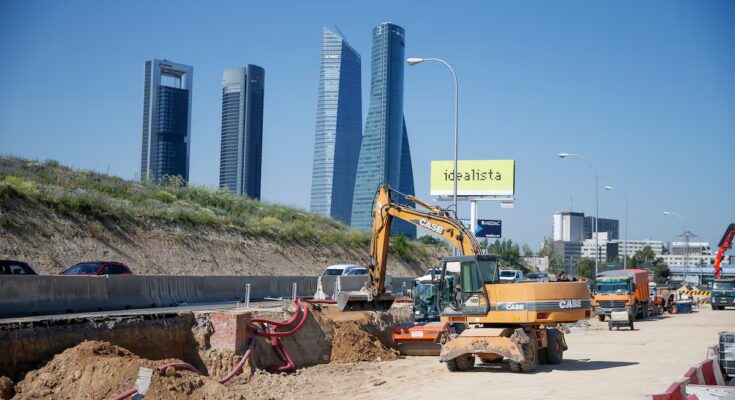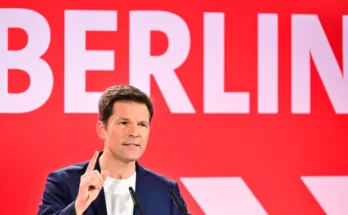“Europe’s largest affordable housing operation” seems like the achievement of a lifetime: promoting luxury offices and homes at prices that will make any middle-class family cry. After more than thirty years of judicial vicissitudes, the paradox has served its purpose: social integration is being sold off for those who are already integrated, ecology is within the reach of those who can pay for it, and a real estate scandal that will be talked about in history books. This is what you should know about Madrid Nuevo Norte (MNN).
10,500 homes, 20% protected. Surely you have read it a thousand times because it has been repeated ad nauseam as if it were a world achievement. The reality? State law sets a minimum of 40% for new settlements, but in MNN it remained at 20% after negotiations and, yet, it will not even result in a public rental park, since a good part of these homes will be private – cooperatives, protected settlements that end up in private hands, etc. -. The Municipality will receive lots, yes, but it will be able to put them up for competition so that others can build on them. This means there will be no permanent municipal park, much less permanent affordable housing. In practice, what will remain as “accessible” accommodation will be a minimal, almost nominal percentage. Something ridiculous, wow. A scam painted green.
The green story doesn’t hold up much if we analyze it. Those responsible insist that it will be a “zero emissions” neighborhood, but planting a forest of towers between 100 and 300 meters high has a climate cost that is impossible to ignore. Even if everything were then filled with trees, sensors, solar panels and bicycles, the embodied carbon – the CO2 emissions associated with extraction, production, transportation of materials and construction – would take decades to offset. In life cycle studies, such as ratio The greenest building which analyzes the environmental value of reusing buildings, it is estimated that the construction of a new building, although much more efficient than an average one, can take up to 80 years to amortize its embodied emissions. It should be remembered: the cement industry alone represents approximately 6-8% of global CO2 emissions. If it were a country, it would be among the top global emitters. In this context, “building from scratch” under the green banner sounds more like technical hypocrisy than a real climate project.
No one in their right mind disputes that moving to energy-neutral districts is an urgent goal, but what doesn’t work is disguising a megaproject as sustainability. Megalomania, no matter how green you paint it, will never be sustainable. Who wins and who pays? In December 2024, Adif and Renfe signed the sale of the land to Crea Madrid Nuevo Norte —BBVA, Merlin Properties and Grupo San José— for 1,245 million euros, of which only 216 million were paid; The rest will be paid in convenient twenty-year installments. Meanwhile, between 1,000 and 2,000 families united in the No Abuse-Justicia Chamartín association are asking for the return of the lands expropriated in the 1940s and 1950s, when they were paid between 6 and 11 pesetas/m² to justify the use of the public railway. Today, on that same land, offices and private homes will be built. Their struggle reminds us that urban regeneration must also be measured in memory and justice, not just in building meters. Ah! Minor detail: if one day their cause succeeds, the promoters will not pay, because contractually Crea MNN is exempt from liability. The state will pay. You know: privatize profits, socialize losses.

Comparing helps to understand. In New York, Hudson Yards, inaugurated in 2019, promised to be the neighborhood of the future: sparkling skyscrapers and sustainability in a XXI key. Today it is an elite enclave that recycles greywater, whose public spaces are more window dressing than everyday use and many “affordable” homes have separate entrances: the famous poor doors—. If we look for a closer example, we could find it in Barcelona’s 22@, that plan from the early 2000s that attracted start-ups and multinationals, but it has also displaced the industries and residents of Poblenou. Technological innovation? YES. Wild gentrification? Also. Why imitate models that have shown serious friction in other cities?
Let’s say things as they are: creating new first-class neighborhoods while others that already exist remain disconnected is not regeneration, it’s classism. The most sensible alternative is to rehabilitate and renaturalise what already exists, activate a public park for rent and redistribute the investment towards forgotten neighbourhoods. As activist Chico Mendes said, “ecology without class consciousness is gardening.”



